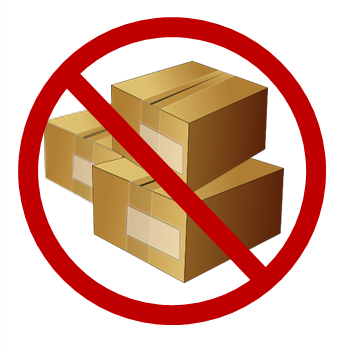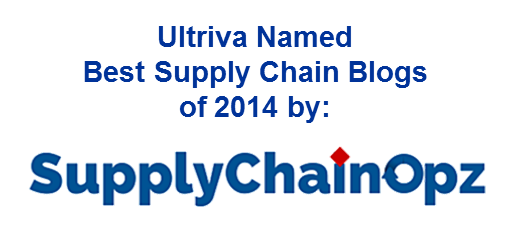Recently when I was walking through raw material warehouse at a manufacturing facility, I was reminded of the famous verse from “The Rime of Ancient Mariner”, which I had read over 30 years back;
Water, water, everywhere,
And all the boards did shrink;
Water, water, ever where,
Nor any drop to drink
I could metaphorically relate this to the filling of warehouses with bloated inventory while encountering production stoppages due to non-availability of parts.
 The storyline has been the same across several warehouses I visited in the past:
The storyline has been the same across several warehouses I visited in the past:
- Boxes stacked up to the ceiling
- Pallets, boxes and rolls staged at different locations
- Materials without labels, Materials with shipping labels but each one looking different
- Dedicated locations backed up by overflow locations
The above visuals were consistent whether companies were procuring 100 purchased parts or 30000+ purchased parts. The only factor that was different was the size of the warehouse.
As you navigate through the people behind the scenes, shop floor, purchasing/procurement, supply chain and IT, you find groups who are charged with distinctly different objectives:
- One group’s mission is to reduce inventory levels
- The second group is mandated with increasing customer service levels (optimize production, reduce lead times, expedite goods, eliminate shortages etc.)
- Another group’s focus is improving inventory accuracy (mandated from the CFO)
For an outsider looking in, it is obvious that the three goals have major dependencies on each other and therefore cannot be achieved in isolation. But the company insiders drive these projects as silos.
Addressing this topic can lead to long winding article (will do so in another blog) but today I want to address a small but important piece of this puzzle i.e. putting a standard label on incoming shipments.
What this small step does is to make the incoming material process consistent, accurate and traceable. It generates a material license plate that can be effectively used for availability, location, usage and movement.
Among many other things, Ultriva has been helping our customers with this process for a decade with over 8000 suppliers actively participating on a daily basis. What we have found to be fascinating is the ease of adoption across all class of suppliers (large, medium, small), all market segments (automotive, industrial, healthcare, electronics, aerospace etc.) and for all types of ERP systems (BAAN, BPCS, CINCOM, Dynamics, JD Edwards, INFOR, MAPICS, Oracle, SAP etc.)
You may be wondering, what is the big deal in having a standardized label on incoming materials. The benefits we have seen across 200 plants are many and far reaching;
- Almost 100% inventory accuracy in ERP
- Elimination of inventory cycle count
- Visibility to Inventory at multiple storage locations
- Usage patterns and traceability
- Ability to right-size the inventory
Give me your feedback on what you think. If you see value and would like to find out how to do it at your facility please feel free to contact us.



